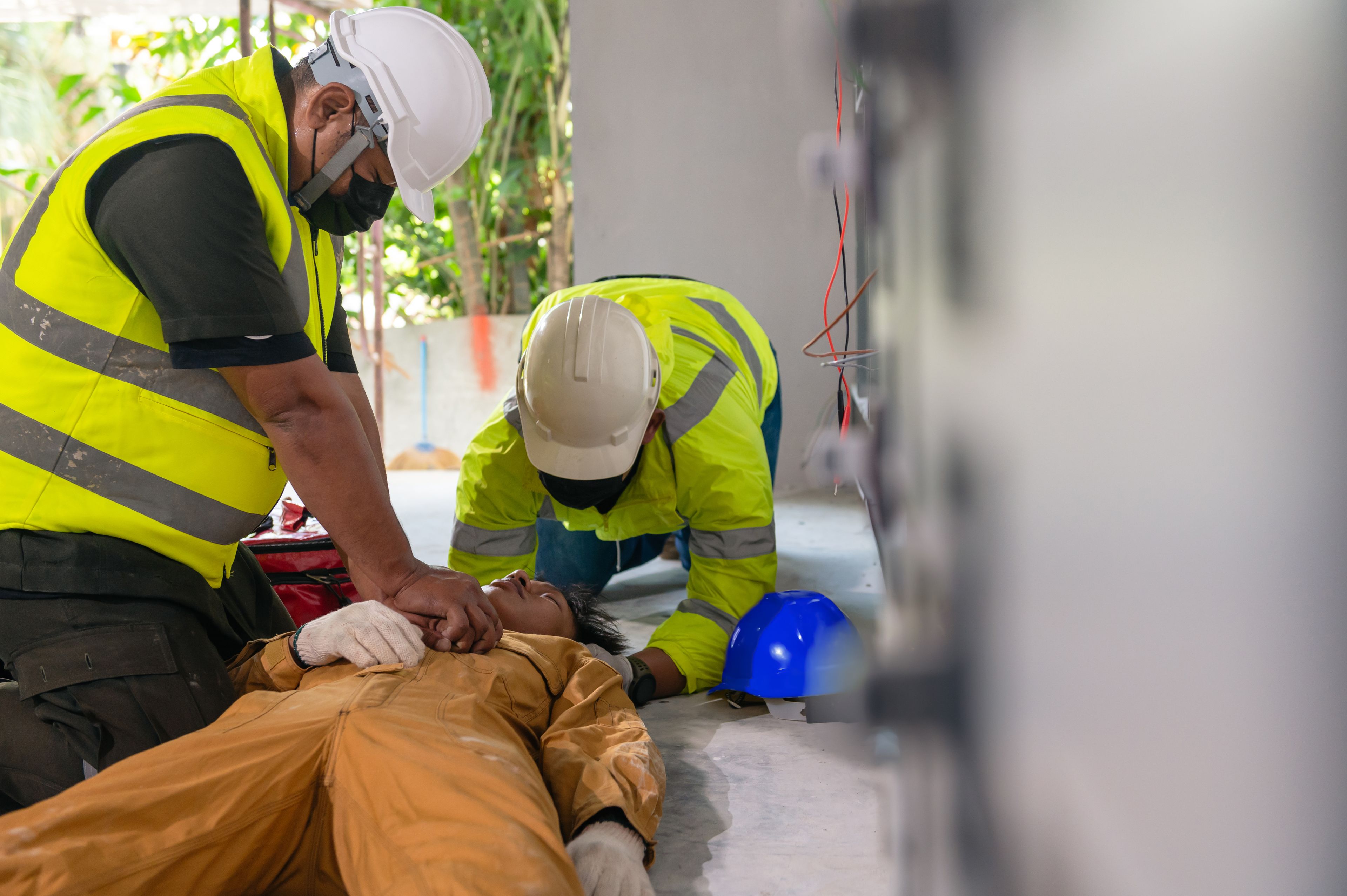
Common Types of Burns
Electrical Burns
Electrical burns happen when an electric current passes through the body. These injuries can damage skin, muscles, nerves, and even internal organs, sometimes with minor visible damage on the outside. Quick emergency care is critical.
Find a Burn CenterFirst Aid for Minor Burns
What It Is
An electrical burn is an injury caused by electricity entering and exiting the body. The current creates heat, which can cause severe internal and external damage. Even when the skin looks okay, deeper tissues, muscles, nerves, and the heart may be affected.
Symptoms
Entry and exit wounds (small marks or burns on the skin)
Numbness, tingling, or weakness
Muscle pain or spasms
Irregular heartbeat or chest pain
Confusion, loss of consciousness, or seizures
Common Causes
Contact with exposed or live wires
Electrical outlets or faulty appliances
Lightning strikes
Downed power lines
Workplace accidents involving machinery or tools
Treatments
Call 911 immediately—do not delay
Do not touch the injured person until you’re sure the power is off
Check for breathing and pulse—start CPR if needed
Cover burns with a clean, dry cloth
Seek emergency care if:
Emergency care is needed for all electrical injuries, even if the person seems fine.
Internal damage may not be visible, but it can be life-threatening.
Recovery
All electrical burns need medical evaluation, even if mild
Recovery may include:
Heart monitoring (for arrhythmias)
Wound care and possible surgery
Monitoring for nerve or organ damage
Physical therapy or rehabilitation
Long-term effects may involve mobility, memory, or emotional changes
Support
Electrical burn injuries can be traumatic, especially if they involve workplace accidents or cardiac arrest
Support from counselors, rehabilitation teams, and survivor groups is available
Early treatment and ongoing care help many people return to work and life after serious injury